Amber Mountain National Park
Search for the Smallest Chameleon in the World
Discover Amber Mountain National Park in the North of Madagascar. Experience a guided walk with a local park guide to explore this great biodiversity sanctuary abundant with endemic fauna and flora, luxuriant vegetation, many waterfalls and volcanic lakes which honeycomb the area. The climate is perfect with cool air which is refreshing after the heat of the lowlands. The dominant ethnic groups are the Sakavala and the Antankarana.
Amber Mountain, also known as Montagne d’Ambre, is a massif montane rainforest that rises from the surrounding dry region forming an isolated stretch of forest covering an area of 18, 200 hectares and lying at altitudes between 800 and 1,470 metres. The Amber Mountain National Park is home to 25 species of mammals, among them 6 carnivores such as the ring-tailed mongoose, the fossa and 8 lemurs: Sanford’s brown lemur, crowned lemur, lesser bamboo lemur and five species of nocturnal lemurs. Besides these forests are the homes of 75 different bird species (35 of which are endemic and even locally endemic, like the Amber Mountain rock-thrush ), 60 reptiles, such as the tiny stump-tailed chameleons, Brookesia, the smallest chameleon in the world, leaf-tailed geckos and snakes, 35 frogs and more than 40 butterflies. The rich luxurious flora and fauna has created three unique ecosystems (montane rainforest, mid-altitude rainforest and dry deciduous forests) which provide shelter to more than one thousand different plants.
Amber Mountain National Park (Parc National de la Montagne d’Ambre) is a lush rainforest sanctuary in northern Madagascar. It stands out as a cool, wet oasis rising from the surrounding dry and hot plains, creating a unique and diverse ecosystem.
Overview and Location
- Location: Situated in the Diana Region, about 30 km southwest of the major city of Antsiranana (formerly Diego Suarez).
- Significance: Established in 1958, it was Madagascar’s very first national park. It protects a volcanic massif with altitudes ranging from 800 to 1,475 meters, which is why it has a distinct montane rainforest climate. The park is named after the resin (“amber”) found in its trees, which is used for medicinal purposes by local communities.
Biodiversity and Wildlife
The cool, humid climate and elevation have fostered an incredible level of biodiversity, with many species endemic to this isolated forest block.
- Lemurs: The park is home to several lemur species, including the easily spotted crowned lemur (Eulemur coronatus) and Sanford’s brown lemur (Eulemur sanfordi). Visitors on night walks may be lucky enough to see nocturnal species like the pygmy mouse lemur or the rare Aye-Aye.
- Reptiles and Amphibians: Amber Mountain is a paradise for herpetology enthusiasts. It is particularly famous for its chameleons, including the tiny, leaf-mimicking dwarf chameleons (Brookesia spp.)—some of which are the smallest in the world. You can also find vibrant species like the yellow-throated chameleon and masters of camouflage like the leaf-tailed gecko (Uroplatus spp.).
- Birds: With over 75 species, including many endemics, the park is an excellent birdwatching destination. Notable species include the Madagascar crested ibis and the Tsingy wood rail.
- Flora: The park’s vegetation is dense and vibrant, a stark contrast to the surrounding landscape. You will find towering tree ferns, strangler figs, and a rich variety of epiphytic plants, including over 100 species of orchids.
Visitor Experience
- Hiking and Waterfalls: The park offers a well-maintained network of hiking trails suitable for various fitness levels. Guides are mandatory and can lead you to scenic viewpoints, volcanic crater lakes, and beautiful waterfalls.
- Sacred Waterfall (Cascade Sacrée): A key highlight, this waterfall is a sacred site for the local Antakarana people, who perform rituals here.
- Antomboka Waterfall (Cascade d’Antomboka): A refreshing spot that often features on the park’s popular circuits.
- Accessibility: Amber Mountain is highly accessible, with a paved road from Antsiranana leading to the entrance near the village of Joffreville.
- Activities: The main activities are guided day hikes, but night walks in a private reserve bordering the park are also a fantastic option for spotting nocturnal wildlife.
Local Hotels

Unsure Where To Start?
Let’s talk about your Earth Trip


Our travel specialists are seasoned explorers with deep local insights. Whether it’s uncovering hidden gems or planning immersive cultural experiences, we design trips that go beyond the ordinary. Get in touch today!
Request A Video MeetingOther Popular Experiences










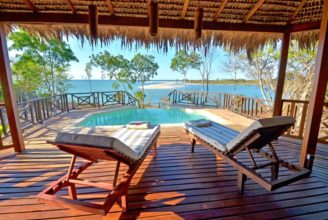
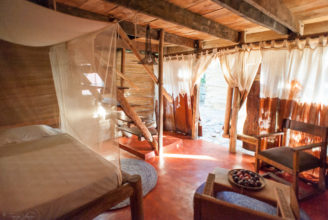
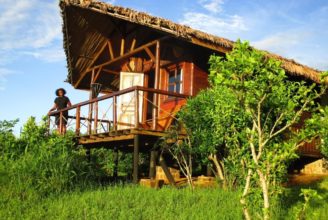
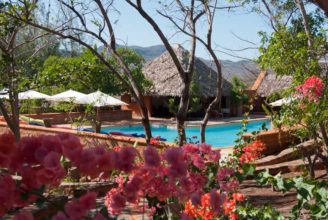
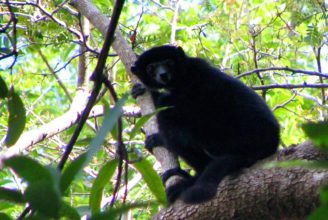
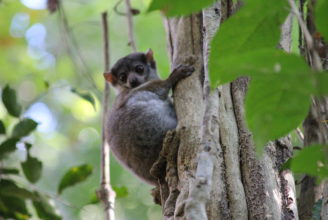
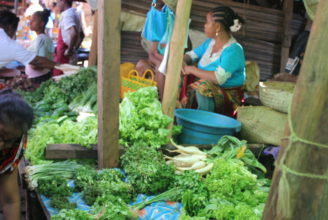
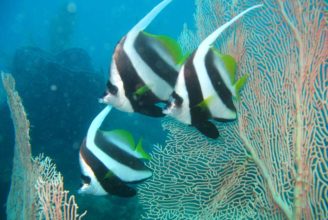
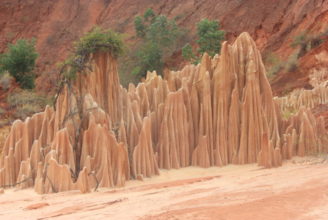
 Amber Mountain National Park
Amber Mountain National Park